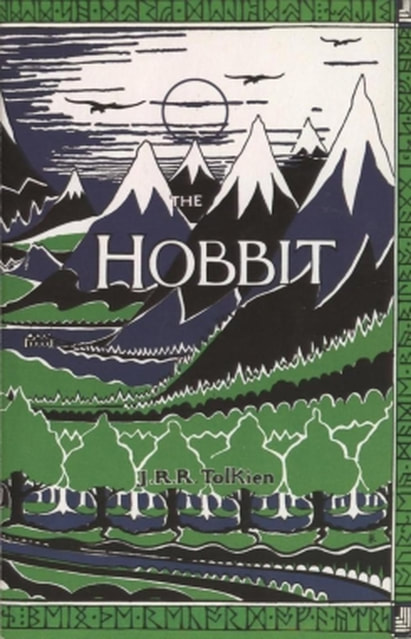Invisibility Writing
Lesson Plan:Activity:
Invisibility Writing
Lesson plan developed by Aurora Tollestrup, BS Ed.
Age Group:
School-Age
(Grade 5) Objectives:
Children will:
EALR 5
|
Grade 5.W.3
3. Write narratives to develop real or imagined experiences or events using effective technique, descriptive details, and clear event sequences.
a. Orient the reader by establishing a situation and introducing a narrator and/or characters; organize an event sequence that unfolds naturally.
b. Use narrative techniques, such as dialogue, description, and pacing, to develop experiences and events or show the responses of characters to situations.
c. Use a variety of transitional words, phrases, and clauses to manage the sequence of events.
d. Use concrete words and phrases and sensory details to convey experiences and events precisely.
e. Provide a conclusion that follows from the narrated experiences or events.
3. Write narratives to develop real or imagined experiences or events using effective technique, descriptive details, and clear event sequences.
a. Orient the reader by establishing a situation and introducing a narrator and/or characters; organize an event sequence that unfolds naturally.
b. Use narrative techniques, such as dialogue, description, and pacing, to develop experiences and events or show the responses of characters to situations.
c. Use a variety of transitional words, phrases, and clauses to manage the sequence of events.
d. Use concrete words and phrases and sensory details to convey experiences and events precisely.
e. Provide a conclusion that follows from the narrated experiences or events.
Materials:
Procedure:
- Read chapter 4 and 5 of The Hobbit.
- Discuss the ring and the powers that it has.
- Invite the children to write a narrative essay where they will explore what they would do if they had the ring from Gollum and could be invisible for one day.
Assessment:
- Record the children’s ability to meet the following standards:
b. Use narrative techniques, such as dialogue, description, and pacing, to develop experiences and events or show the responses of characters to situations.
c. Use a variety of transitional words, phrases, and clauses to manage the sequence of events.
d. Use concrete words and phrases and sensory details to convey experiences and events precisely.
e. Provide a conclusion that follows from the narrated experiences or events.
Click on the course icon for enrollment information.
Science Fiction vs Fantasy
Science Fiction
Science fiction has some element of factual science involved, whereas fantasy does not have to involve any science whatsoever. Science fiction often takes something that is technological, medical, natural, or scientific in some way and expands upon it in a way that has not been discovered or explored yet. It may be plausible or possible but currently is not in existence.
Science fiction has some element of factual science involved, whereas fantasy does not have to involve any science whatsoever. Science fiction often takes something that is technological, medical, natural, or scientific in some way and expands upon it in a way that has not been discovered or explored yet. It may be plausible or possible but currently is not in existence.
|
Fantasy Fiction
Fantasy fiction is an imagined or dreamed tale where unrealistic events and creatures exist in conjunction with a fanciful tale of adventure or magic. The majority of the elements are not and cannot be real. They are purely works of the author’s imagination such as a golden ring that turns a hobbit invisible, or a sword that only works to destroy evil. |











